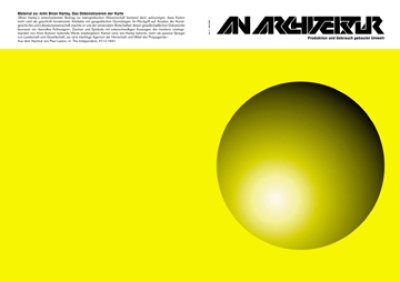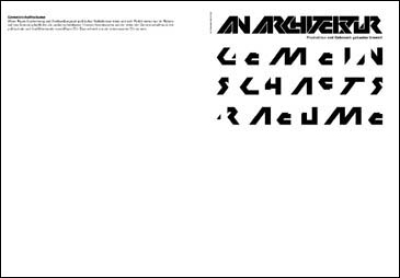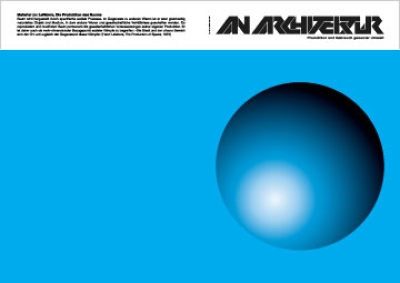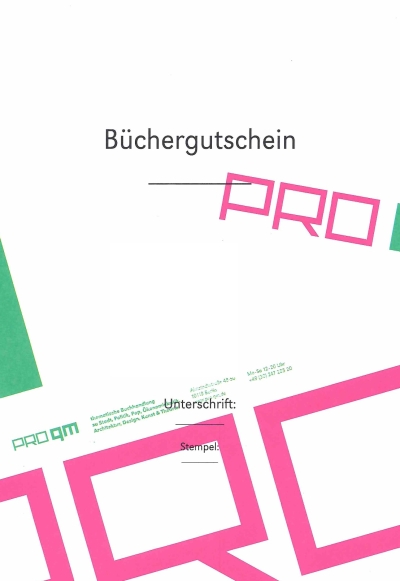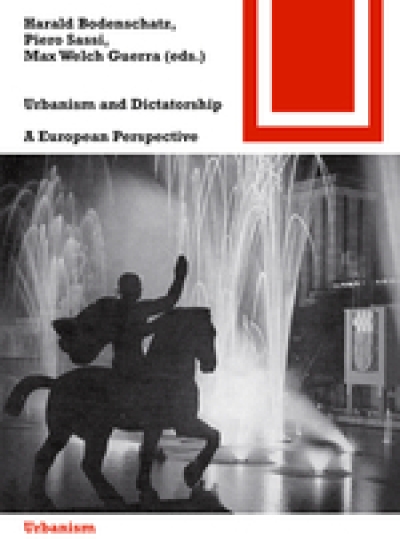
Urbanism and Dictatorship. A European Perspective
Der Städtebau der europäischen Diktaturen in der ersten Hälfte des 20. Jahrhunderts diente nicht nur der Herrschaftssicherung im eigenen Lande, sondern auch der Anerkennung durch die demokratischen Staaten. Nach der Machtübergabe an das nationalsozialistische Regime geriet er mehr und mehr zur Trumpfkarte im Wettbewerb unter den großen Diktaturen Europas – fast wie in der Zeit des Absolutismus. Jenseits aller Konflikte und politischer Orientierungen bestand ein intensiver fachlicher Austausch unter den Ländern Europas.
Eine nur nationale Sichtweise auf die Diktaturen ist daher nicht hinreichend. Der übergreifende Blick trägt nicht nur dazu bei, die Besonderheiten der jeweiligen Diktatur zu klären, er weist auch manch vereinfachtes Verständnis von deren Städtebau zurück. Das ist keineswegs nur von historischem Interesse: Die Auseinandersetzung mit Diktaturen ist immer auch Ausdruck unserer gesellschaftlichen Verhältnisse, unserer Erinnerungskultur, unserer Fähigkeit, alte und neue Formen von Diktatur zu erkennen – auch heute!
Das Buch diskutiert den Stand der Forschung zum Städtebau von fünf Diktaturen der ersten Hälfte des 20. Jahrhunderts und präsentiert exemplarisch neue Forschungsergebnisse.
In the first half of the twentieth century, urban design under the influence of European dictatorships not only served to support the rulers in their own country, but also to gain the recognition of the democratic states. After the National Socialist regime came to power in Germany, urban design increasingly became the trump card in the competition amongst the large dictatorships in Europe - almost as in the time of absolutism. Irrespective of all conflicts and political orientations, there was an intense exchange of ideas amongst the states in Europe.
It is therefore not adequate to make an assessment just from the point of view of the dictatorships. The overarching view helps to understand the special characteristics of each dictatorship and also disproves some simplified interpretations of their respective approaches to urban design. That is not just of historic interest; the discussion of the issue of dictatorships is always also an expression of our social condition, our commemorative culture, our ability to recognize old and new forms of dictatorship - even today!
The book discusses the state of research into urban design under five dictatorships during the first half of the twentieth century, and presents new research results based on examples.
